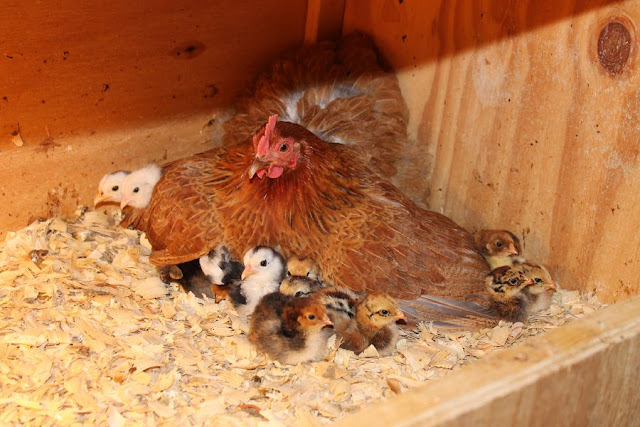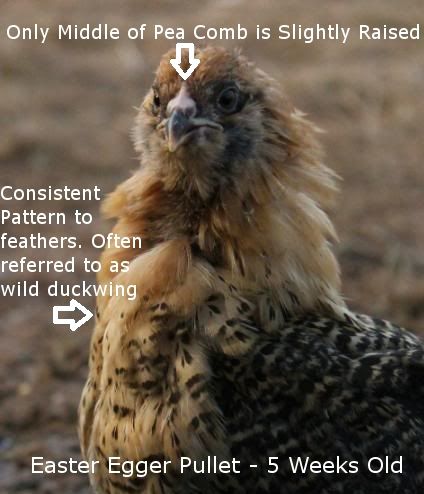** NOTE: Be sure to take a peek at our new "Forum" tab at the top. We're still in the beginning stages, so expect a few glitches. Please spread the word! The more the merrier!**
By Amber of
Drexel, MO
* The following recipes use measurements for dried herbs unless otherwise specified. If you wish to use fresh herbs, use half the specified amount.
Example: If a recipe calls for 2 tsp
dried basil and you want to use fresh you would use 1 tsp fresh basil. The oils
are not concentrated in the dried as herbs lose potency in the drying process.
- If
using dry herbs, look for those that have the same tint as when alive. They
should not be grey (save mugwort, sage and herbs that are naturally grey when
alive).
- They
should have a STRONG scent when the jar is open. If you go to a shop ask to
smell the herbs - even if you don’t know what they should smell like. They shouldn’t
have a faint smell or a perfumey smell either. They should smell earthy and
floral.
- Another
sign of a reputable shop are individually priced essential oils– for instance
Lavender and White Pine are generally not the same price.
- After
6 months the medicinal value of most dried herbs decreases.
- Any
of these herbal teas are also great for people!
* The following recipes suggest measurements for dried herbs unless otherwise specified.
Respiratory
Tea
Used for wheezing, sneezing, runny
nose, and chest congestion.
3 tsp Astragalus root
1 tsp lavender
2 tsp chamomile
2 tsp nettle
1 tsp peppermint
- In a med saucepan bring 5 cups of water
and the astragalus root to a boil - boil for 3 mins.
- Take
it off the burner, add other herbs and cover.
- Let
sit 5-15 mins. (The longer you let it sit the stronger it will be.)
- *It is important to cover the pot to keep
the essential oils in. the oils hold the benefits of the herbs.
- Strain
the mixture into a container.
- Allow
to cool.
Serve
for 5-7 days.
Rule
of thumb – continue to serve for 3 days after the symptoms are gone.
Infection Fighter
2
tsp Echinacea (immune system boosting and attacks bacteria)
2 tsp goldenseal (kills a wide range
of bacteria and fungi)
1 tsp minced garlic (highly antimicrobial,
fights bacteria, fungi, viruses and parasites)
2 tsp licorice root (anti
inflammatory, eases cough and nourishes adrenal glands)
1 tsp marshmallow root (soothes
inflamed mucus membranes, mildly stimulating for the immune system)
- In a med pot, add 7 cups water and
the Echinacea, garlic, licorice and marshmallow root.
- Simmer
for 3-5 minutes with cover on.
- Remove
from heat and add goldenseal.
- Cover
and let sit 5-10 minutes. (The longer it sits the stronger it gets.)
Let
sit until it cools to room temperature
Fill
a gallon waterer half way with tea and add warm water the rest of the way.
Save
the rest of the mixture in the refrigerator in a tightly covered container.
fresh mint
Wound Wash
My
favorite wound wash is witch hazel with
10 drops of lavender essential oil added.
Infused
Herbal Oil Salve
Make an infused herbal oil by
mixing:
3
tsp calendula
3 tsp comfrey
3 tsp st. johns wort
3 tsp lavender
2
cups of olive, safflower or jojoba oil.
- Let
sit for 2 weeks, shaking once a day.
- Strain
- Add
1/4 cup beeswax per 1 cup infused oil.
- Heat
until beeswax is completely melted (low and slow is best here)
- To
test texture, put 1 tsp of the mix in a small glass bowl and put in freezer to
set up for a few minutes. Test the texture. If it is too soft, add more beeswax
- too hard, add oil.
- While
the finished product is still hot pour into jars or tins.
- Store
in cool dark place.
Natural Styptic
Powder
Ordinary
Corn Starch works wonderfully to stop bleeding from minor wounds and scratches.
Another Note:
Lavender essential oil is a very important item that every
natural chicken keeper should keep in the first aid box - the real, organic
stuff. It is antibacterial, antibiotic, reduces pain, swelling and bleeding. It
is your complete “go to” product for injuries.
I
use it on my kids boo-boos and of course my own. It is gentle enough to use it
on an infant without cutting it with a carrier like olive oil.
For
calming, I like the oil because you can just dab some on. You can put a drop on
a tissue to smell, or a drop on your pillow.
I
make lavender tea cookies (there is no tea in it - they are “tea cookies” with
lavender in them) I love them. You can put the oil with some water and a bit of
witch hazel in a spray bottle and spray it around the house, and that same
solution can be used in your hair or as a face wash. It is so gentle and easy
to use!
I
also like the dried lavender flowers for tea.
More information on herbal
remedies:
A Compendium and
Workbook of Management, Nutritional, Herbal, and Homeopathic Remedies
Compiled and Edited
by Karma E. Glos
Need to buy herbs? See these
online stores:
Brief description of various
healing herbs:
Lavender essential
oil is a very important item that every natural
chicken keeper should keep in the first aid box - the real,
organic
stuff. This gentle little
flower does it all. It is antibacterial,
antibiotic, reduces pain, swelling and
bleeding. It is your complete “go
to” product
for
injuries.
I
use it on my kids boo-boos and of course my own. It is gentle enough to use it
on an infant without cutting it with a carrier like olive oil.
For
calming, I like the oil because you can just dab some on. You can put a drop on
a tissue to smell, or a drop on your pillow.
I
make lavender tea cookies (there is no tea in it - they are “tea cookies” with
lavender in them) I love them. You can put the oil with some water and a bit of
witch hazel in a spray bottle and spray it around the house, and that same
solution can be used in your hair or as a face wash. It is so gentle and easy
to use!
I
also like the dried lavender flowers for tea.
Rosemary- antiseptic,
astringent, circulatory stimulant. It promotes healing and kills bacteria
Thyme- Great
antibacterial, antibiotic, antimicrobial,. Its a great wound herb and great for
colds and flu
Sage- Astringent, tonic, is
a great infection fighter, fights colds and fever, clears congestion, soothes
sore throats
Basil- astringent, infection
fighting, great for acne, calms the nerves
Chives--- I just eat them
Parsley-rich in vitamins, reduces
fever, allergy symptoms
Echinacea- Take internally
Echinacea is great immune system builder. Topically it helps the body repair
wounds. Stimulates the white blood cells which destroy bacteria, viruses, and
foreign invaders also activates the production of a protein interferon which
protects cells against the invasion of viruses.
Garlic- strong antibiotic,
expectorant, antihistamine, great for colds and respiratory infections
Mint-
Peppermint- digestive tonic,
antiseptic, pain relieving, calms upset stomach,
Spearmint- Good for relieving
cold symptoms, headaches, great for indigestion
*


















































